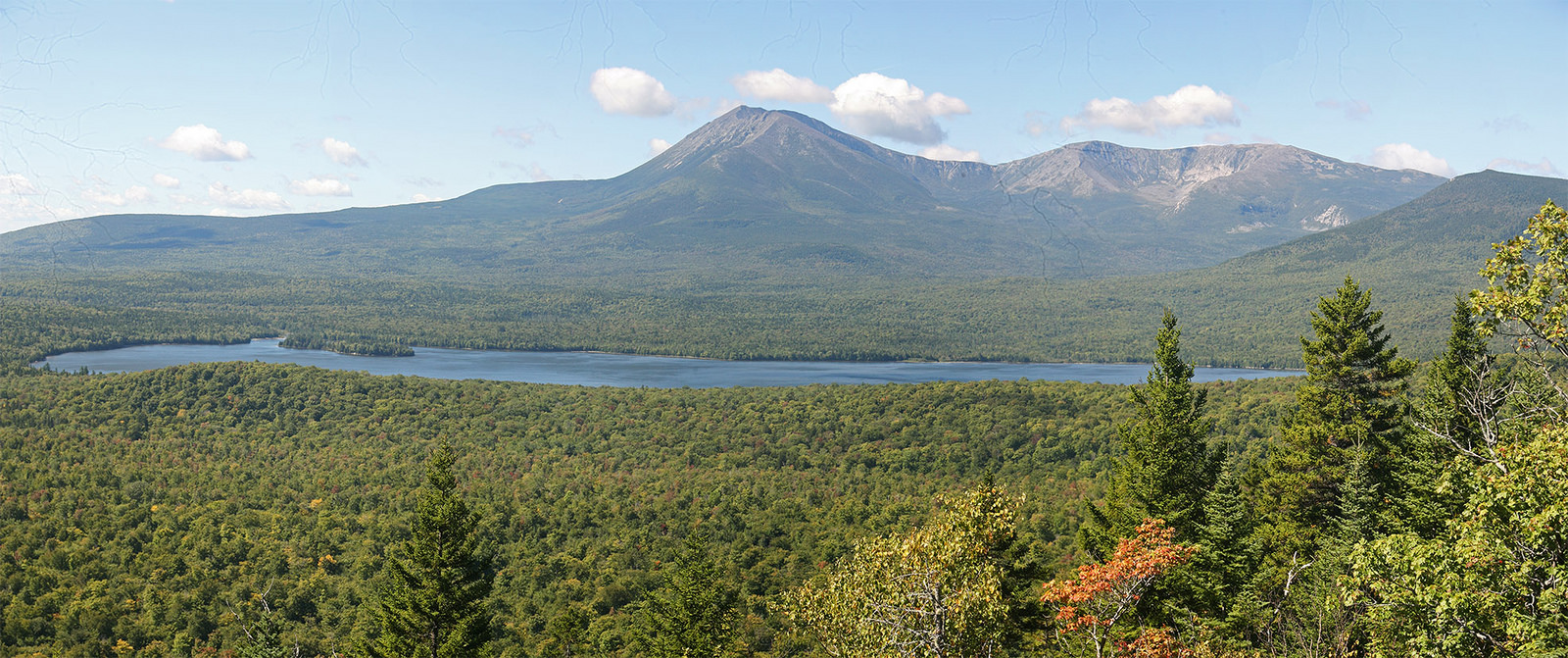We’ve all found ourselves dug into an argument with a parent, spouse, or friend when they make an unanswerable point. Cooler heads would concede but, having dug in, we have no choice but to ignore the argument and continue to pound the table.
That might explain why 121 environmental law professors endorsed a letter challenging the President’s authority to modify national monuments, rehashing arguments that have been thoroughly answered by my PLF colleague Todd Gaziano and Professor John Yoo. (I’ve made a minor contribution here.) The professors’ letter doesn’t acknowledge those answers, much less respond to them. Instead, the letter ignores them. Today is the last day for public comments on the President’s reconsideration of recent monuments.
The strongest argument that monument designations are permanent and unalterable is a piece of legislative history from the Federal Land Policy Management Act that ambiguously suggests Congress alone has the power to alter monuments. The response to that argument is overwhelming:
- The legislative history is ambiguous.
- Even if it weren’t ambiguous, the text of FLPMA contradicts it, as the statute only forbids the Secretary of Interior from modifying monuments while saying nothing about the President’s power.
- The legislative history shines no light on the meaning of the Antiquities Act, as it came more than 60 years after the statute was enacted. Courts have repeatedly held that legislative history is only useful when it sheds light on the understanding of Congress when it enacted a law.
- The Constitution forbids Congress from trying to amend a statute without going through the proper procedure, which forbids a report approved by a single committee from changing the President’s power under the Antiquities Act.
The professors’ letter does not acknowledge any of these responses to its argument, nor try to answer them. It appears the professors are dug in, so committed to a particular policy outcome that they ignore the weaknesses in their position.
If so, that’s a shame. We need creativity to balance the many competing interests affected by monument designations. Stubborn blindness to other perspectives is an impediment to that creativity.
PERC’s Tate Watkins has an article in the Bangor Daily News proposing a creative solution to the Katahdin Woods and Waters National Monument—making it a national park managed by the family who donated the lands in the first place.
That proposal has a lot to recommend it. A franchised national park would need to be self-sufficient. It could raise funds through admission, camping and other recreational fees, as well as donations from conservation groups. If those sources prove insufficient, the franchise could make up the difference by allowing some productive use consistent with preserving the park. This flexibility would allow the park to be managed consistent with local conditions rather than one-size-fits-all rules set by distant bureaucrats.
Other monuments will require different solutions. Some may go. Some may be shrunk. And others may best be managed through novel, flexible approaches like Watkins’ recommendation for Katahdin Woods. A PERC report describes four creative approaches. Finding more solutions and implementing any of them will depend on open minds, and a willingness to recognize competing interests. Digging in on either side is an obstacle to that.
This post originally appeared on Free-cology. All opinions are Wood’s own and do not necessarily represent the views of the Pacific Legal Foundation.





